Prepare yourself to embark on an adventure like no other – the exploration of the unique and diverse Svalbard wildlife. Situated midway between mainland Norway and the North Pole, this breathtaking location is home to rare and remarkable species that have adapted perfectly to their unforgiving surroundings.
Longyearbyen, the world’s northernmost settlement with a population of over 2,000, is the largest inhabited area of Svalbard, Norway. It is an adventurer’s paradise offering unique and unforgettable Arctic wildlife experiences. Visitors can witness the rarest of birds, whales, and reindeer herding while exploring the beauty and diversity of the Arctic environment with ease. For the curious souls, Longyearbyen is also home to several research institutions that monitor iconic animals such as polar bears, walruses, and seals, providing tourists with an insight into their natural behavior and habitat.
If you’re looking for an up-close encounter with nature, guided tours can lead you to capture stunning photographs of indigenous fauna and Svalbard wildlife, accompanied by fascinating insights into their unique adaptations for survival in a harsh environment.
Welcome to an unparalleled Arctic adventure!
Table of contents: ()
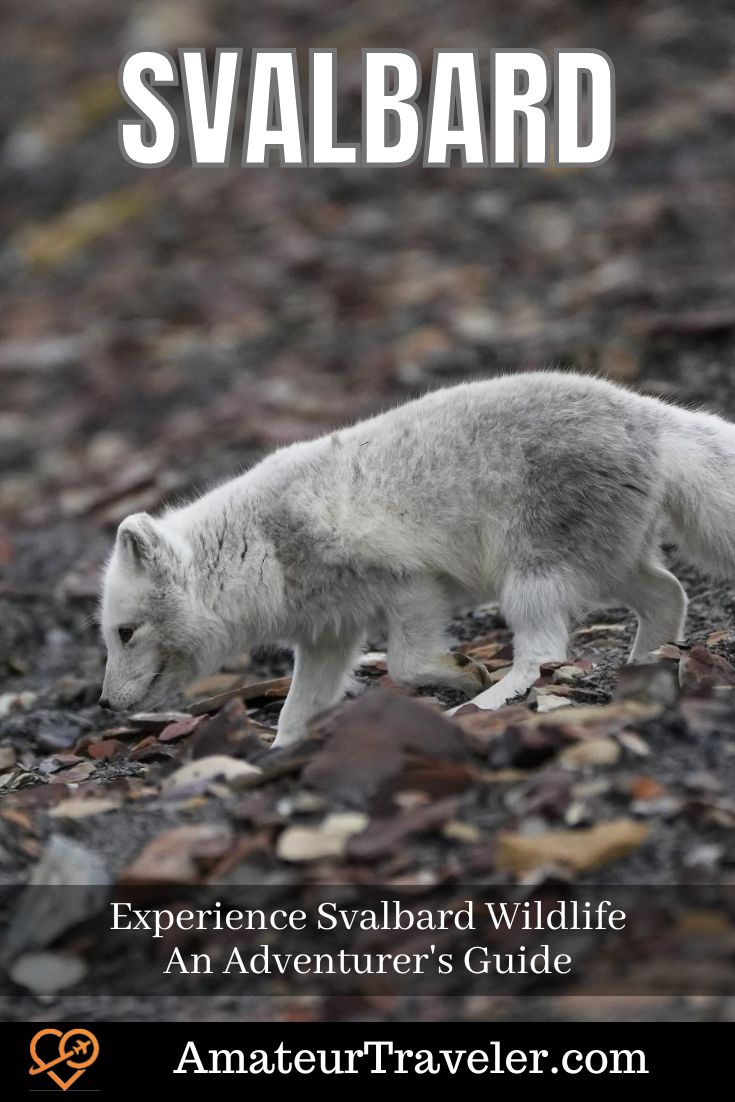
Svalbard Reindeer in Longyearbyen
The endemic Svalbard reindeer can be found throughout Longyearbyen, moving and living in small groups. These wild reindeer must graze constantly during summer months to build up fat reserves for survival during winter when food becomes scarce. The High Arctic’s natural habitat consists of wide stretches of snow and ice, a familiar sight in this region.
Grazing Habits and Diet
Svalbard reindeer primarily feed on vegetation like grasses, sedges, mosses, lichens, and even seaweed that grows along the coastlines. During summer months when daylight is abundant in this region near the North Pole, these herbivores take advantage by grazing almost non-stop to gain enough weight before harsh winters set in. As temperatures drop below freezing point and plant life becomes scarce under layers of snowfall or ice formation; they rely heavily on their stored body fats for energy supply.
Group Dynamics and Movement Patterns
Unlike other deer species found in mainland Norway, Svalbard reindeer are known for their relatively small group sizes which typically consist of 5-10 individuals led by a dominant female called a “lead cow.” Males tend to form separate bachelor herds outside breeding season but join females during mating periods around September or October each year.
- Movement Patterns: Svalbard reindeer have adapted well to their icy surroundings by developing short legs with wide hooves enabling them better traction while walking across slippery surfaces like glaciers or frozen ground covered with fresh snowfall. They are known to be sedentary animals, rarely migrating long distances and preferring instead to stay within familiar territories.
- Adaptations: These reindeer have evolved several unique features over time that help them survive in the harsh Arctic environment, such as a thicker coat of fur for insulation against cold temperatures and larger nasal passages which allow them to warm up the frigid air before it enters their lungs.
In recent years, Svalbard reindeer populations have been affected by climate change resulting in unpredictable weather patterns like sudden snowstorms or warmer-than-usual winters causing vegetation growth issues. As a result, these endangered animals face challenges with finding adequate food sources during critical periods when they need it most for survival.
If you’re planning an outdoor adventure on this remote archipelago, remember that encountering wild Svalbard reindeer is a privilege; always maintain a safe distance while observing these magnificent creatures in their natural habitat. And don’t forget your camera – capturing images of these rare deer species amidst breathtaking Arctic landscapes will surely make unforgettable memories.
Cunning Arctic Foxes
The resourceful Arctic fox is another remarkable resident of Svalbard that thrives in the harsh environment. These small predators have adapted to their surroundings, allowing them to hunt ptarmigans and retrieve food buried earlier in the year. Let’s dive into their hunting strategies and how they use winter camouflage adaptation for survival.
Hunting Strategies and Prey Preferences
Arctic foxes are opportunistic hunters, feeding on a variety of prey such as lemmings, voles, birds, eggs, fish, and carrion from larger animals like polar bears, or even berries when available. They rely on their keen sense of smell to locate hidden food sources beneath layers of snow during winter months. Their agility allows them to pounce through deep snow with ease while capturing unsuspecting prey.
In addition to being skilled hunters themselves, they are also known for following polar bears around Svalbard’s icy landscape scavenging leftovers from bear kills – a clever strategy that helps ensure these cunning creatures never go hungry.
Winter Camouflage Adaptation
To survive in the extreme conditions found across mainland Norway and North Pole regions like Svalbard where dangerous animals roam freely among vast expanses of ice and snow-covered landscapes; Arctic foxes must be masters at blending into their surroundings. One way they achieve this is by growing thick white fur coats during colder months which not only keeps them warm but also provides excellent camouflage against snowy backgrounds making it difficult for both predators (such as polar bears) or potential prey alike to spot these stealthy mammals.
- Summer Coat: In summer months when temperatures rise, Arctic foxes shed their thick white fur and grow a thinner, brownish-grey coat that helps them blend in with the tundra vegetation.
- Winter Coat: As winter approaches and snow begins to fall, they once again grow their dense white fur which provides insulation against freezing temperatures while also acting as an effective camouflage against predators or prey on the lookout for movement across vast expanses of ice-covered terrain.
This remarkable ability to change color with the seasons allows Arctic foxes to remain hidden from both predators and potential prey throughout the year. No surprise that these adaptive creatures are able to thrive even in the harshest of environments.
If you’re planning a trip northwards towards Svalbard or other parts near North Pole regions where polar bears roam free alongside other fascinating wildlife like Svalbard reindeer; be sure always keep your eyes peeled for signs indicating their presence nearby – who knows what amazing encounters await those brave enough venturing out into wilds beyond our everyday world.
Rock Ptarmigan – A Hardy Bird Species
The rock ptarmigan is the only bird that stays on Svalbard throughout the year. Other birds migrate away from this icy landscape during colder months. Its beautiful white winter plumage helps them camouflage against predators like foxes as they search for food beneath layers of snow. Let’s explore how these hardy birds have adapted to survive in such harsh conditions and compare their migratory patterns with other bird species found in Svalbard.
Adaptations for Surviving Harsh Winters
Rock ptarmigans have developed unique adaptations to endure the extreme cold and scarce food resources during winter. They change their plumage coloration seasonally. During summer months, their feathers are brownish-grey with black markings to blend into rocky terrain while searching for insects and vegetation to eat. As temperatures drop and snow begins to cover the ground, they molt into an almost entirely white coat which provides excellent camouflage against snowy landscapes.
Rock ptarmigans also grow extra feathers around their feet during winter months which act as natural snowshoes by distributing weight evenly across soft surfaces like snow or ice. This enables them to move more easily through deep drifts without sinking too much or expending excessive energy.
Migratory Patterns Compared To Other Bird Species
- Atlantic Puffins: These colorful seabirds breed on cliffs along mainland Norway’s coastlines before migrating southwards towards warmer waters off western Europe each autumn season.
- Barnacle Geese: These migratory birds breed on Svalbard during the summer months before heading south to wintering grounds in the United Kingdom and other parts of Europe.
- Snow Buntings: Although some snow buntings remain year-round residents, others migrate from Svalbard towards southern Scandinavia or even further afield depending on food availability and weather conditions.
- Arctic Terns: These seabirds are well known for their long-distance migrations, with some Arctic tern populations migrating from Svalbard to wintering grounds in South America or even Africa.
Rock ptarmigans are one of the few bird species that choose to brave the harsh Arctic winters rather than migrate away. Their remarkable capabilities to endure extreme conditions, coupled with their inclination towards high-altitude habitats, make them ideal for braving the Arctic winter.
The impressive tenacity of these tough avians is a demonstration of nature’s aptitude to adjust and prosper even in the most difficult conditions. Keep an eye out for these unique creatures as you explore Svalbard’s stunning landscapes.
Marine Life Around Icy Waters
In addition to terrestrial animals, marine life thrives around Svalbard’s icy waters thanks to adaptations suited for sub-zero environments. Several whale species inhabit these seas alongside walruses and true seals like ringed seals who excavate lairs using their claws within ice sheets providing shelter from extreme weather conditions.
Whale Species Found Near Svalbard
Svalbard’s Arctic waters are home to a wide variety of whales that have adapted to extreme conditions, such as bowhead whales which possess a thick layer of blubber and can thrive in frigid temperatures. Some of the most commonly sighted species include:
- Humpback Whales: These migratory giants travel long distances between feeding grounds near Svalbard during summer months and breeding areas closer to mainland Norway during winter.
- Minke Whales: These smaller baleen whales feed on herring and other small fish, and tend to stay close to the shorelines of Svalbard.
- Belugas: These white whales can be spotted in Svalbard’s fjords during summer months, as they migrate from their wintering grounds at the White Sea near Russia.
- Fin Whales: These large whales occur in the waters around Svalbard all year round, feeding on krill and schooling fish.
- Get a Car Rental
- Book Your Accommodation HERE
- Get a universal plug adapter
- Get an eSim to be able to use your smartphone abroad.
- Search for Great Tours HERE
- Buy Travel Insurance

Walrus Behavior and Habitat Preferences
Apart from various types of whales, walruses also thrive in the frigid waters surrounding Svalbard. Walruses are famous for their long tusks, which they use to haul themselves onto the ice and smash through the frozen surface when looking for shellfish like clams. Walruses typically gather in large colonies on land or ice during the summer months before dispersing into smaller groups throughout winter.
Walruses are also known to be curious creatures that may approach boats or humans out of curiosity, making them a popular sight among visitors exploring Svalbard’s wildlife by cruise ship or zodiac boat tours.
Ringed Seals – Masters of Ice Adaptation
The ringed seal is one of the most common seals found around Svalbard, with its unique ability to create lairs within thick layers of sea ice providing protection from dangerous animals such as polar bears. They have sharp claws that allow them to dig tunnels and breathe holes in the snow-covered ice while maintaining a low profile against predators.
Ringed seals primarily feed on fish and crustaceans beneath the frozen surface but must remain vigilant at all times due to constant threats posed by hungry polar bears patrolling nearby waters.
Polar Bears – Icons of the Arctic
As a modern-day blog editor, I know that polar bears are the superstars of the Arctic. They are excellent swimmers and can cover up to 687 kilometers without stopping in one stretch. They are also the apex predators of Svalbard, and their presence is a constant reminder that visitors must remain vigilant at all times due to the danger posed by these imposing creatures.
Visitors should be aware that polar bears are both curious and unpredictable, so it is important to follow local guidelines when in their presence. It is also advised that visitors team up with knowledgeable guides and bring along riffles for additional protection.
Hunting Strategies and Diet Preferences
Polar bears are opportunistic predators and primarily feed on seals. They wait patiently near breathing holes in the ice and use their powerful forelimbs to drag the seal onto the ice before delivering a swift bite to its head. They also scavenge carcasses left behind by other predators like killer whales and occasionally hunt small mammals like Arctic foxes.
- Main prey: Ringed seals and bearded seals
- Hunting method: Stalking or ambush at breathing holes in ice sheets
- Dietary adaptations: High-fat diet provides the energy needed for survival in harsh Arctic conditions.
Population Dynamics in Relation to Human Presence
Approximately 3000 polar bears inhabit the area of the Svalbard Archipelago and the Barents Sea, which is more than its human population. Despite the greater numbers of polar bears compared to humans in Svalbard, climate change-induced habitat degradation has increased the possibility of interactions between them. To mitigate these risks, local authorities have implemented strict regulations for tourists visiting Svalbard.
- Carrying firearms is mandatory when venturing outside settlements
- Tourists must maintain a safe distance from polar bears at all times
- Feeding or approaching polar bears is strictly prohibited
Several organizations are working towards conservation efforts such as monitoring populations, conducting research on their behavior and habitat use, as well as implementing measures to reduce human-polar bear conflicts. It’s essential to respect these magnificent animals’ natural habitats while enjoying their awe-inspiring presence. By preserving their habitats, we can ensure that future generations will be able to continue experiencing the wonder of polar bears.
Exploring Svalbard’s Wildlife through Cruises
A Svalbard cruise offers a unique opportunity to witness over 30 species of seabirds and several types of seals found in the region. This immersive experience provides breathtaking encounters with nature while learning about its rich cultural history.
Popular Wildlife Spotting Locations During Cruises
Numerous locations around Svalbard are known for their abundant wildlife sightings. Some popular spots include:
- Hornsund: A fjord located on the southern tip of Spitsbergen Island, Hornsund is home to various bird colonies and is frequented by polar bears searching for food along the coastline.
- Kongsfjorden: Known as “King’s Bay,” Kongsfjorden is an ideal location to spot walruses, seals, and whales due to its nutrient-rich waters attracting marine life.
- Raudfjorden: Situated on the northwest coast of Spitsbergen Island, Raudfjorden boasts stunning landscapes filled with glaciers and icebergs – perfect habitats for arctic foxes and Svalbard reindeer.
- Barentsburg: As a Russian settlement in Svalbard, Barentsburg offers a fascinating glimpse into local culture alongside opportunities to observe nearby wildlife such as seabirds nesting on cliffs or even elusive beluga whales swimming offshore.
Best Time for Cruising Around Svalbard
The best time to embark on a Svalbard cruise largely depends on the specific wildlife you wish to encounter. Generally, the cruising season runs from June through September, with each month offering unique experiences:
- June: As the ice begins to recede and daylight hours increase, this is an excellent time for spotting polar bears hunting seals along melting ice edges.
- July: With warmer temperatures and blooming flora, July attracts a variety of bird species such as puffins and guillemots who nest in cliffside colonies.
- August: This is the prime walrus-spotting season when large groups can be seen lounging on beaches or swimming near shorelines.
- September: The onset of autumn brings opportunities to witness migratory whales like humpbacks and fin whales passing through Svalbard’s waters before they head south toward their winter feeding grounds near the North Pole.
No matter which month you choose for your Arctic adventure, a Svalbard cruise promises unforgettable encounters with some of Earth’s most resilient creatures that have adapted to thrive amidst harsh conditions close to dangerous animals like polar bears. Whether it’s observing Svalbard reindeer grazing beneath towering glaciers or watching arctic foxes dart between snow-covered rocks, these incredible moments will undoubtedly leave lasting impressions long after your journey ends.
The History and Economy Behind Svalbard’s Wildlife
Discovered by Vikings and Russians in the 12th century, Svalbard’s major economic activity began with coal mining. The rich natural resources found on these islands provide plenty of opportunities for commercial activities, leading to the signing of the Svalbard Treaty, granting equal rights among multiple nations including Russia and the United States.
Coal Mining and Wildlife
Mining operations can disrupt habitats and cause pollution, impacting local wildlife populations such as Svalbard reindeer, arctic foxes, and polar bears. However, strict environmental regulations protect these animals and their habitats, minimizing negative effects.
Sustainable practices are being promoted, including eco-tourism opportunities where visitors can experience unique encounters with native species without causing harm or disruption to their natural environments.
Protecting Natural Habitats
Protective measures have been taken under the guidance of The Governor of Svalbard, including regulations on hunting, fishing, and other activities that could harm wildlife populations or their habitats.
Strict guidelines regulate tourist interactions with polar bears during outdoor activities to ensure human safety and minimal disturbance for these iconic creatures who call this remote archipelago home.
Marine conservation areas have been established around Svalbard’s icy waters, safeguarding vital ecosystems for species like whales and seals while preserving essential feeding grounds used by over 30 different types of seabirds migrating from mainland Norway each year.
Svalbard’s wildlife continues to evolve towards a sustainable future where humans coexist harmoniously alongside native animal inhabitants throughout this Arctic paradise north of Norway.
FAQs about Svalbard Wildlife
What’s the Wildlife Like in Svalbard?
The wildlife in Svalbard is diverse and adapted to the harsh Arctic conditions, with iconic species such as polar bears, arctic foxes, reindeer, walruses, whales, and rock ptarmigans, as well as a variety of marine life that thrives around ice sheets.
Are There Animals in Svalbard?
Yes, various animal species live on land and in the waters surrounding Svalbard, including mammals like polar bears, arctic foxes, and reindeer; marine creatures like whales and walruses; and birds such as rock ptarmigans.
Can You Give Birth on Svalbard?
No, pregnant women are advised to leave Svalbard before their due date due to limited medical facilities available for childbirth on the island, with expectant mothers typically traveling back to mainland Norway for delivery.
How Likely Are You to See a Polar Bear in Svalbard?
Polar bear sightings can be common during guided tours or wildlife cruises, especially between April and October when sea ice melts enough for boat access, but encounters with these majestic animals should always be at a safe distance under expert guidance.
Conclusion
Explore the fascinating and diverse ecosystem of Svalbard Wildlife, where you can witness the physical adaptations of reindeer and the hunting strategies of arctic foxes.
For wildlife lovers, Svalbard is the ultimate destination to spot whales on a cruise or encounter polar bears in their natural habitat.
With a rich history and unique economy based on coal mining, this remote archipelago offers visitors a chance to connect with nature while also learning about local culture and traditions.
- Discover the incredible creatures that call Svalbard home.
- Experience the thrill of encountering polar bears in their natural habitat.
- Learn about the unique culture and traditions of this remote archipelago.
Whether you’re a seasoned outdoor enthusiast or just looking for a new adventure, Svalbard wildlife has something for everyone.
So pack your bags and get ready to explore the Arctic like never before!
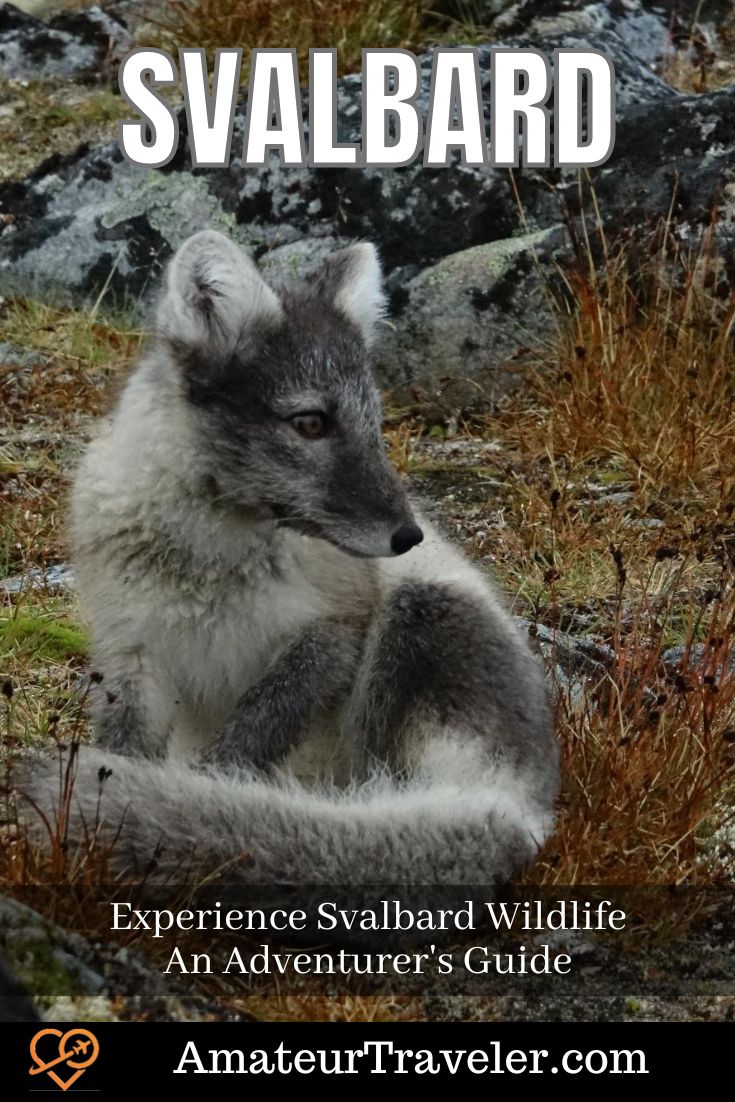





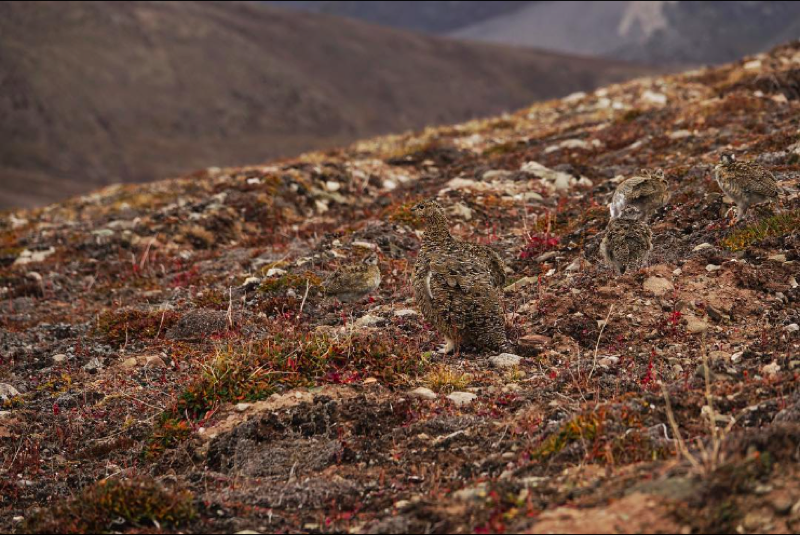
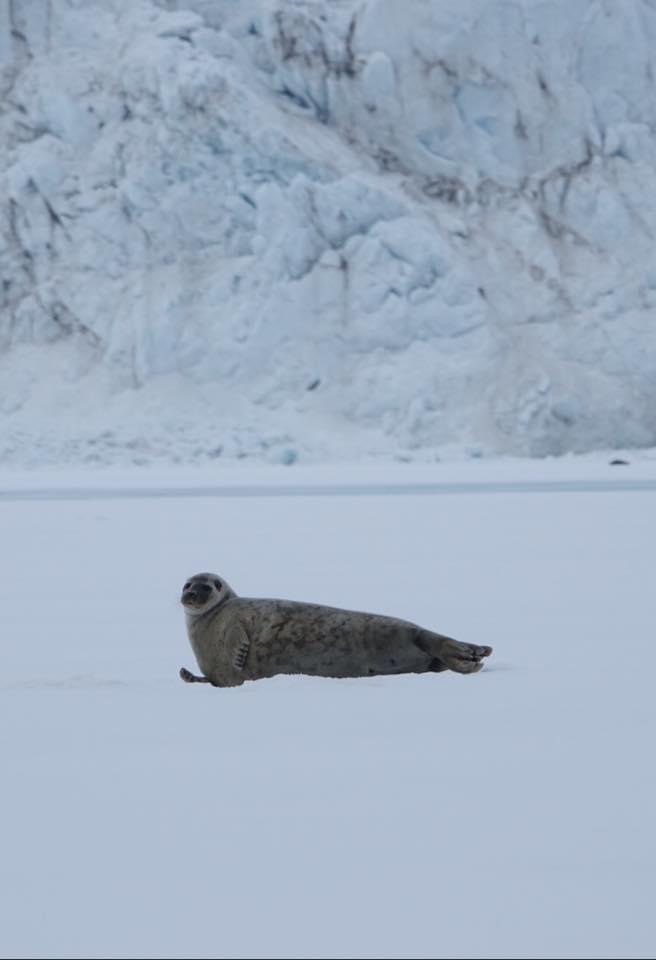
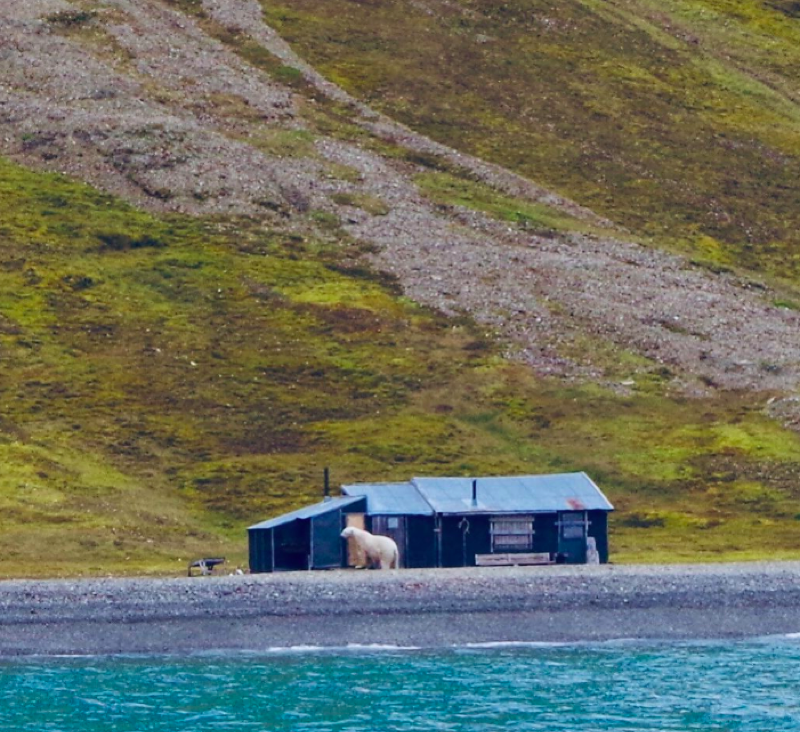
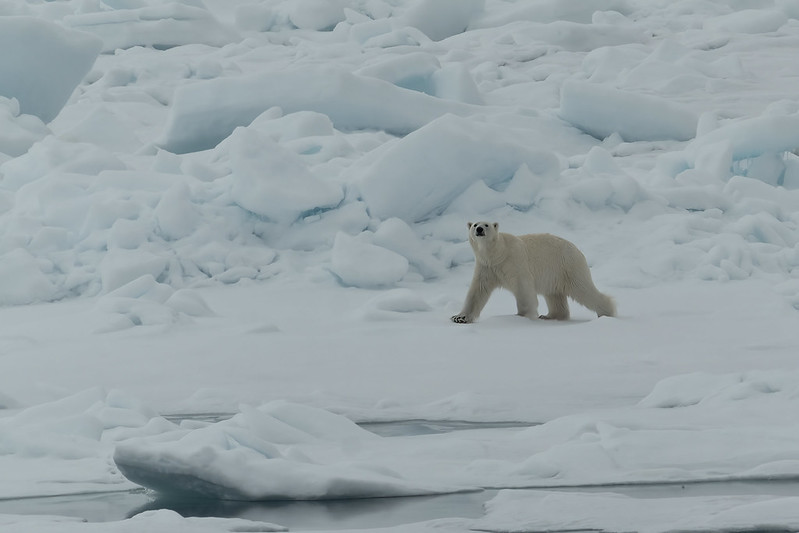
 Travel to Svalbard, Norway – Episode 860
Travel to Svalbard, Norway – Episode 860 Bike Ride in Amsterdam – A Dutch Experience
Bike Ride in Amsterdam – A Dutch Experience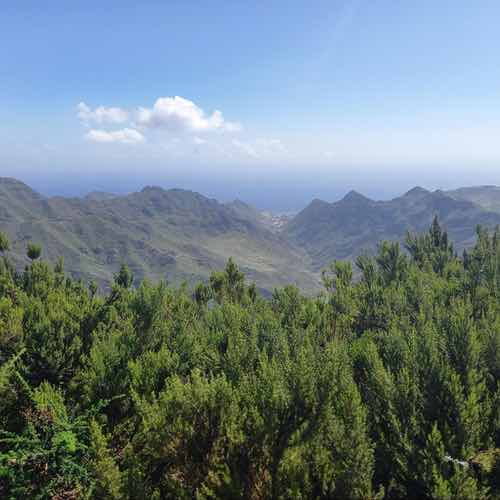 Tenerife Workation: Why Tenerife is the Perfect Place to Experience a Workation
Tenerife Workation: Why Tenerife is the Perfect Place to Experience a Workation A Guide to Short Breaks in Marienbad in the Czech Republic
A Guide to Short Breaks in Marienbad in the Czech Republic
